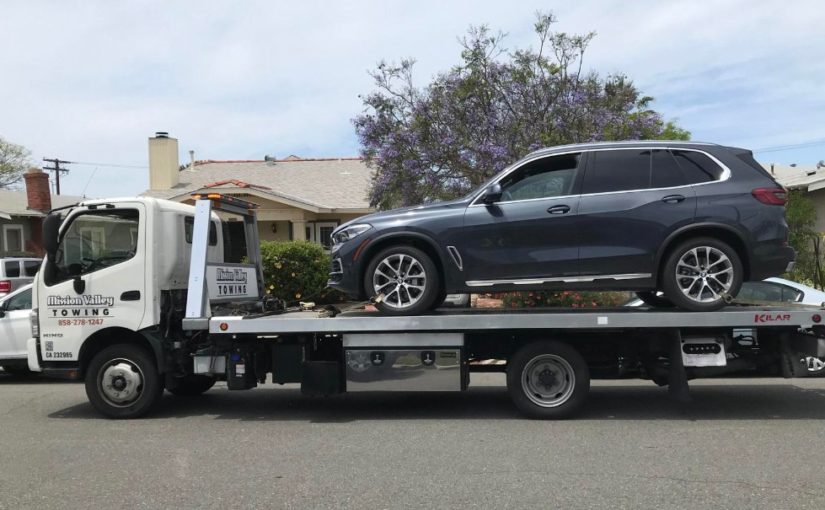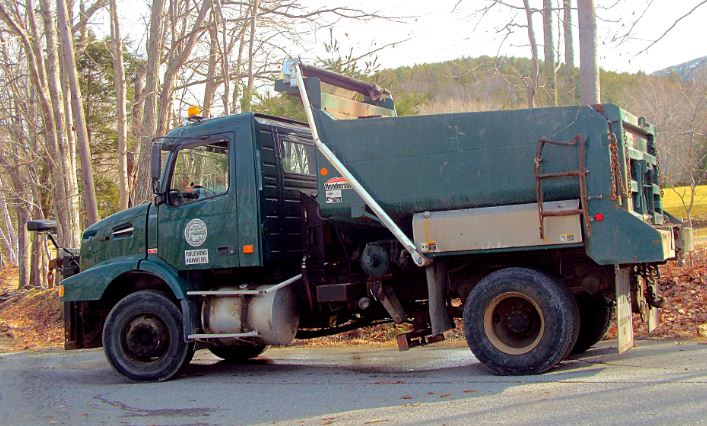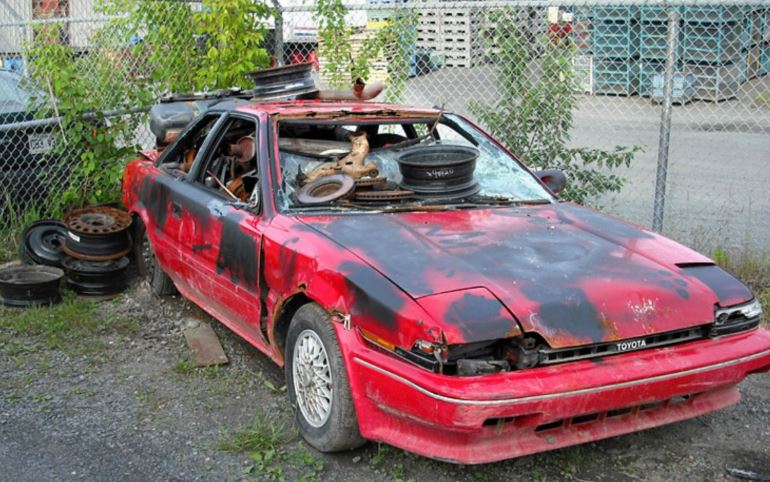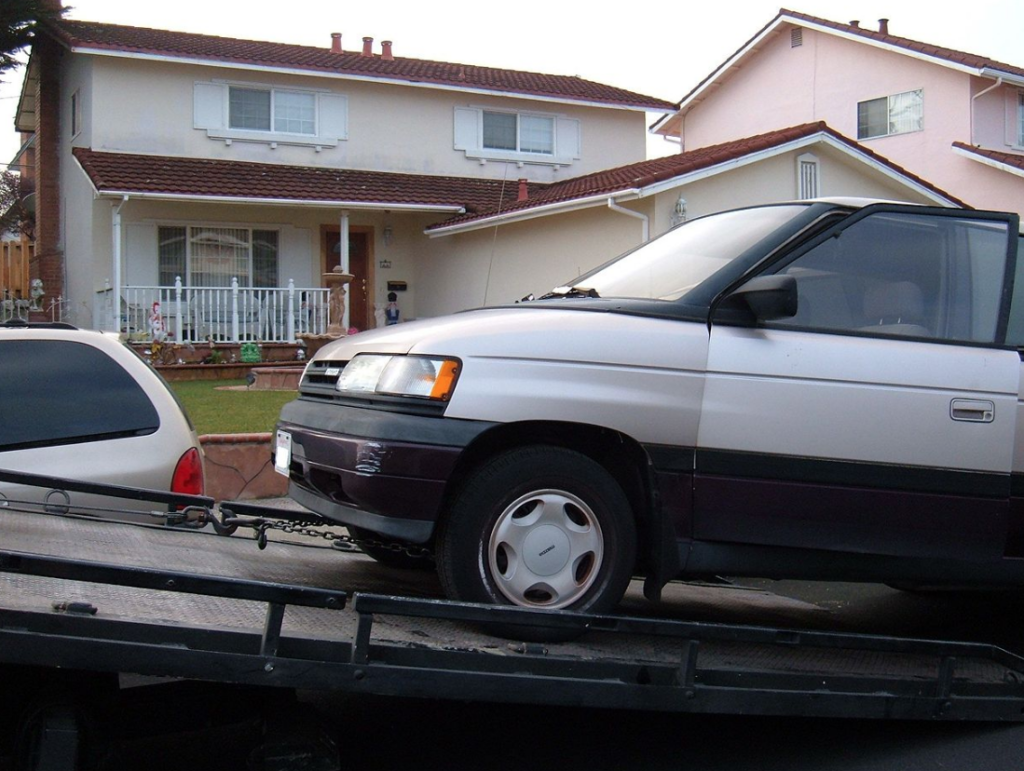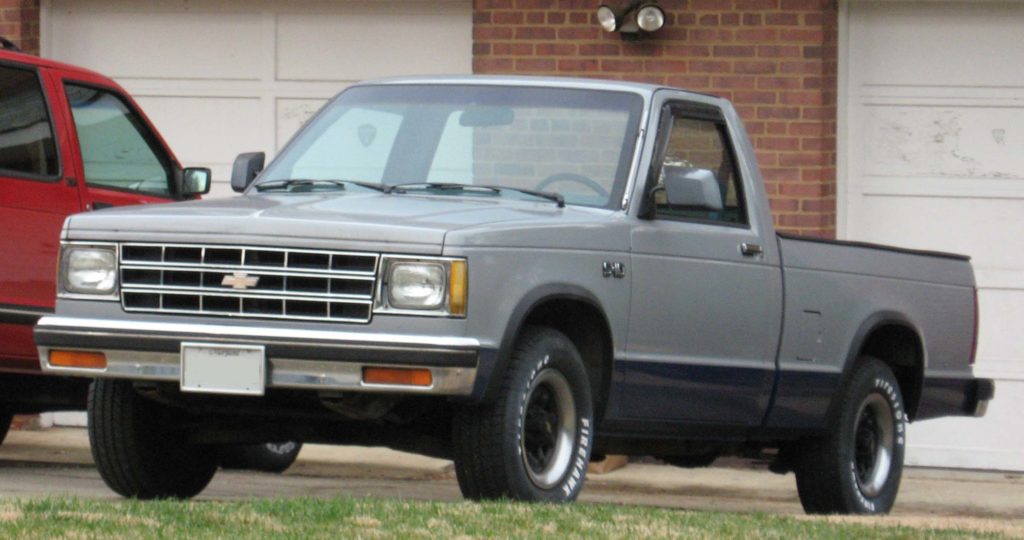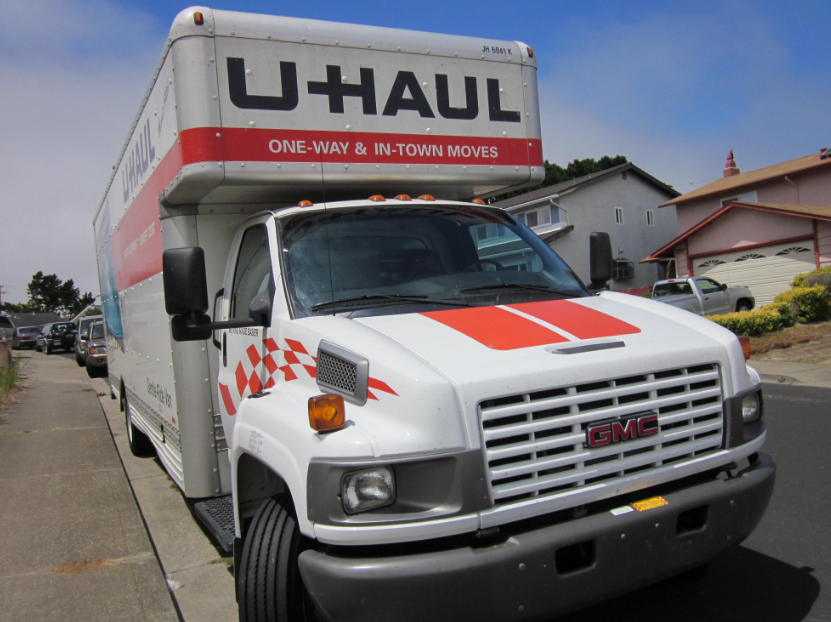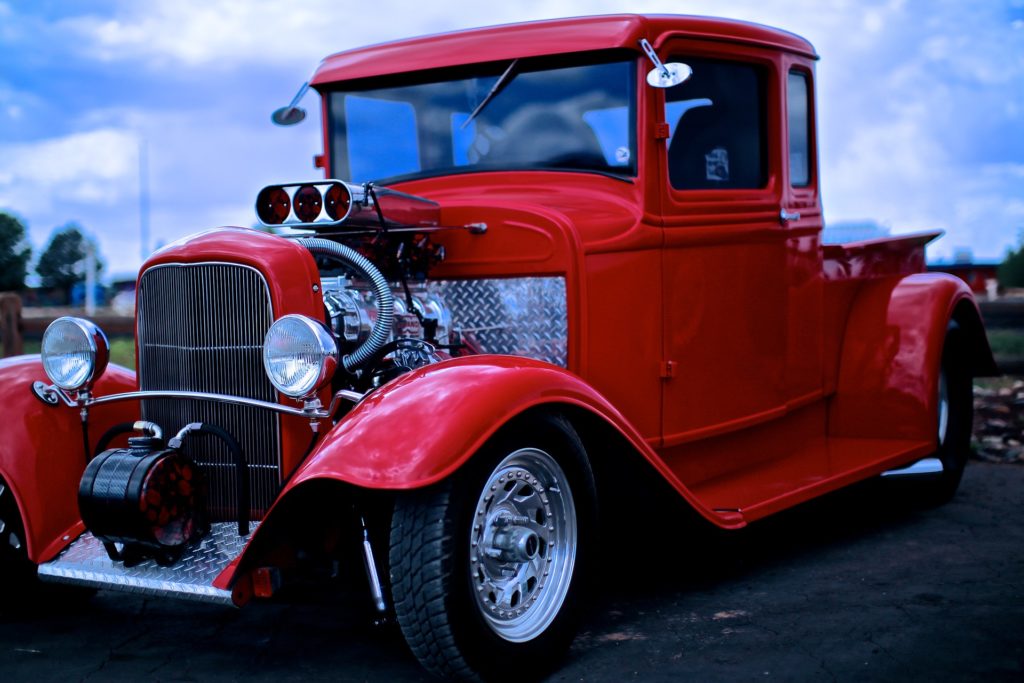If you need to tow a vehicle, you should be aware of the differences between flatbed and dolly tow trucks.
Flatbed tow trucks are often called slide trucks or rollback trucks, and feature a long, hydraulic flatbed that lowers to the ground when needed.
The car is driven onto the flatbed and secured. After it is secured, the flatbed is raised to its level position.
Safety of flatbed towing
Flatbed towing involves lifting a vehicle from the ground to rest it on a flat platform on a towing truck. The service also involves recovering vehicles off-road or in ditches. Hydraulic repositioning is used for this type of towing and provides safe and efficient service.
The safety of flatbed towing is important for the transport of heavy vehicles, such as trucks and buses. A flatbed is the most efficient type of towing, as it minimizes the risk of damage to vehicles. Flatbed towing can also be the best option for towing vintage or classic cars.
Flatbed tow trucks are safer than other towing methods because they don’t move the vehicle while transporting it. Flatbed tow trucks are ideal for transporting large, expensive vehicles, and even motorcycles.
Cost of flatbed towing
The cost of flatbed towing is largely dependent on the type and size of the vehicle that needs to be towed. A small car can be towed easily, while a big rig truck requires a lot of effort to load and unload. Bigger vehicles also need special handling, which can lead to higher costs. To avoid this, you can ask for a free quote before hiring a tow truck.
When it comes to towing vehicles, flatbed tow trucks are a safe and efficient option. These tow trucks can safely haul any vehicle, including motorcycles and all-wheel-drive cars. They also help to prevent costly engine and transmission damage. The cost of flatbed towing services can vary, but they are well worth it for the peace of mind they provide.
Versatility of flatbed towing
Flatbed towing trucks can handle virtually any kind of vehicle. For instance, flatbed towing trucks are ideal for hauling off-road equipment, heavy machinery, or even finished products. In addition, because flatbed trucks do not require chain or hook connections, they can also tow vehicles of all shapes and sizes without risking damage. In addition, flatbed towing trucks are more convenient than traditional towing trucks because they can load wrecked cars easily with a winch.
Flatbed towing trucks are especially beneficial in situations where traditional towing services are not sufficient to move a large vehicle. They are designed with heavy-duty frames and powerful engines that enable them to haul vehicles of all sizes and shapes.
Rotator boom tow trucks
Rotator boom tow trucks have a rotating boom, which allows them to tow and recover vehicles that are involved in accidents. They also have a hydraulic system that lifts the vehicles from the ground. This allows them to clear the accident area quickly and safely.
This type of tow truck is different from dolly and flatbed trucks in that it is made for larger loads. The boom and wheel lift on these trucks are integrated, which makes them ideal for large loads. They can also get out of difficult situations, such as when a vehicle is stranded and won’t start.
In addition, they have an arm mounted in the middle of the truck, which makes them extremely stable and able to pull a heavier load than a typical tow truck can.
Although the average driver won’t need to use an integrated tow truck, it is often necessary to move an automobile or motor home that is stuck in a difficult situation. Some towing companies use these trucks.
These trucks are built on a semi-truck chassis and can carry anywhere from 25 to 50 tons. In addition, they can tow vehicles in the middle of traffic, making them an excellent choice for situations where access to the vehicle is difficult. They also feature soft straps on the wheels to prevent damage to the rims.
